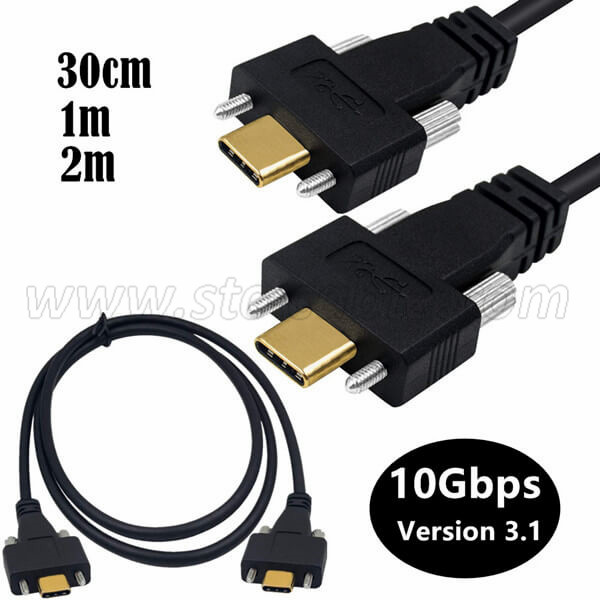What are USB C cables used for?
USB-C cables serve multiple purposes due to their versatility. Here’s what they can do:
1. Data Transfer: USB-C allows high-speed data transfer between devices, such as transferring photos and music. It’s commonly used for connecting smartphones, tablets, and laptops.
2. Charging: USB-C supports fast charging for various devices, including cell phones and laptops. It can deliver up to several hundred watts of power with USB Power Delivery (USB PD).
3. Video and Audio: USB-C can carry audio and video signals, making it useful for connecting to external displays or projectors.
USB-C is reversible, making it easy to plug in without worrying about orientation. It’s a universal connector that’s becoming increasingly popular!
What are USB-C cable differences?
1. Speed:
USB 2.0: Up to 480 Mbps (suitable for low-bandwidth devices).
USB 3.0: Up to 5 Gbps (ideal for faster data transfer).
USB 3.1 Gen 1: Also 5 Gbps.
USB 3.1 Gen 2: Speeds up to 10 Gbps.
Thunderbolt 3: Lightning-fast 40 Gbps for high-bandwidth devices.
2. Power Delivery:
All USB-C cables handle a minimum of 20V 3A.
Some support higher power (20V 5A) for charging laptops and monitors.
Always check a cable’s capabilities before using it for power delivery
3. Protocols / Alternate Modes:
MHL (Mobile High-Definition): Connects phones to TVs.
HDMI: Directly connects HDMI-enabled sources to displays.
Thunderbolt 3: For monitors, 4K support, and blazing data transfer.
What are USB-C cable differences?
1. Design and Form Factor:
USB-C: It has an oval shape and is slightly thicker. The best part? It’s reversible, so you can plug it in either way without worrying about orientation.
Micro USB: Older and bulkier, it lacks the convenience of reversibility.
2. Data Transfer Speed:
USB-C: Offers faster data transfer speeds.
Micro USB: Slower compared to USB-C.
3. Power Delivery:
USB-C: Supports up to 100W power delivery, suitable for charging laptops and other devices.
Micro USB: Limited power delivery.
4. Compatibility:
USB-C: Universal and versatile; found on newer devices.
Micro USB: Common on older devices but becoming less prevalent.
USB-C is the more advanced connector, while Micro USB is older and less capable. Choose USB-C for speed, power, and versatility!
Send your message to us:
Post time: Jun-17-2024
